Food product development in food technology (processing) industries is a continuous and never stopping process. Have you observed different Flavours in the chips? Like Tomato, Cheese n Cream, Magic masala, Sour cream & Onion etc. Or take an example of Vegan Milk (Plant-based milk) made from entirely plant-based ingredients.
All this we can say is a result of the food product development process. Like developing different flavours in an already present product. Then, entirely developing a new product which is not present in this world before.
Sounds interesting? So, we will look into the Food product development process, including New product development.
What is New food product development (NPD)?
New product development is the process of developing new products by any food company, to begin to need to create a new product because of changing in new food technologies or the introduction of the competitive product in the market.
A food company can process a new product development, whether that food company is a part of changing the market or not — the new product based on the already existing one and act as a complement or improvement in existing products. Or may new products based on the latest technologies without a need of suffered from others.
There are several types of classification for the new product.
Classification of new food product development
New product development is classified in four categories:
1. Major innovation
Significant innovations are new in the market—the Food products created with the latest technologies, ingredients and provide a unique experience to the customers.
For example- Beyond meat developed, completely plant based-meat products which are free from any animal best ingredients.
Read More about Beyond meat: The Beyond Meat story – Vegan Alternative to meat
2. Product improvements
In this classification, the food products developed without considering creating a new market. But, Instead targets customers from competitors.
For example- In food products such as fat-free allergen-free products, which are already in the market and compete with competitors.
3. Product additions
In this classification, the food products developed by food companies known as imitation products. In fact, The food producers create products from available resources to develop the original product. which already produced by the original producer of that food product.
For example- the local snacks processing industry produces snacks products (chips, namkeen), imitating large companies in the snacks market.
4. Repositioned products
Repositioned products are promoted in a new way, such as attracting different kinds of customers. These are not new products, formulations nor having any new features, but they positioned in the other way to attract different groups of customers.
For example,– The Lucozade energy drink business changed the product’s image from a drink to recover people from an illness to a drink for people interested in sports. [Source: Superbrands case studies: Lucozade]
After understanding the new food product development classifications, let’s look at the food product development process.
Food product development process: 8 steps
The food product development process consists of following 8 steps:
- Idea generation
- Evaluation & Screening
- Market research
- Product specification
- Feasibility study
- Production process development
- Prototype development & testing
- Launch & Commercialization
However, We will look into this food product development process, from starting to finalising and commercialisation one by one in detail.

1. Idea generation
Two product development process start with an idea. This idea can come from any place or any source. Typically a company generate hundreds of Idea by brainstorming. Still, a handful of good ideas come to an end, and there are two sources of Idea generation from where we get an idea.
- Internal source- the company finds new ideas interior utilising research and development and also, from the contribution from its employees.
- External source – new ideas from external sources such as distributors, suppliers and competitors. But the most important external sources are customers because the new development process should focus on creating customer value.
2. Evaluation and Idea screening
The next step in NPD is idea screening. However, Idea screening means filtering the ideas to pick a good one. In Idea generation, we find different ideas, and in this stage, we screen to choose a good one. The reason is that product development cost rice greatly in later stages; therefore, the company e would like to go ahead only with the ideas that will turn into profitable products dropping the flawed ideas.
3. Market research
In this research, the company will know about consumer preferences and also the acceptance of products. all the primary and secondary markets study used to collect data.
- Primary research– is a method of taking surveys and getting original data.
- Secondary research- analysing the data gathered in the primary survey investigating what found in the primary study.
Taking a survey to ask consumers what they want, what they need and whether they will accept the product. Also, The survey conducted to gather data & analyse, focusing on groups, gender, age, economic status, & geographical location, the research conducted to collect data.
Market research concludes that the products survive in the market or not. The company can decide whether to continue or discontinue the product.
4. Product Specification
The product specification method is a lengthy and complicated process. The process includes a description of a new product’s characteristics, including product description (forms and style), features and attributes such as flavour, texture, nutritional value, packaging, shelf life, raw materials, and supplier& Target market.
Further, Consumer benefit includes nutrition, cost, convenience, quality.
Pricing strategy- Pricing strategy includes selling the product price depending on the cost of competitive products, target market, and the ability to pay, company image, and product benefits.
5. Feasibility study of food product
The feasibility study conducted to check the viability of new products. In addition, The product should be technically and financially feasible. Determine whether the sales forecast’s production cost will achieve its break-even point and ability to make the new product using existing resources—availability of ingredients, new processes, cost of ingredients, microbiological safety test.
6. Production process development
A new product can be unique and different from the existing line or a simple line extension. So, according to that, the process is to developed. Involves converting factory to accommodate new product; line extension products only need minor changes. If the product is new, equipment and factory layout need to alter, involving raw materials, tasks, equipment, processing, quality management, packaging, labelling, and storage.
7. Food product Prototype development and testing
Prototype development is necessary to get an idea about large scale processes. Large scale production helps to manage production and storage.
Prototype testing- Testing of a new product carried to see if it satisfies food standards. After the prototype undergoes testing, commercialisation (full-scale production and manufacturing) take place.
Quality testing -checks the effectiveness of quality management parameters and hygiene standards.
Sensory evaluation test market of field based on texture flavour colour and Aroma.
Packaging test– Test conducted to determine effectiveness handling storage durability e interaction effect of packaging. Storage trials to stimulate distribution retail in-home storage condition safety and quality after storage and establish shelf life.
8. Launch & Commercialization
Finally, the launching of the product in the market. Commercialization of developed product into the market and doing its marketing and advertisement is the next process. However, to check whether the launched product making enough sales and generating profits is required.
Conclusion- Food Product Development
In conclusion to our new food product development process. And we can say that this NPD process is lengthy. But Every food manufacturer has to follow this process to grow, sustain and compete in the market.
However, This product development process may vary from manufacturer to manufacturer according to their products, services, market and area of study.
What do you guys think about this process? If you liked this article then comment below your thoughts. If you have any suggestion or feedback please comment below.

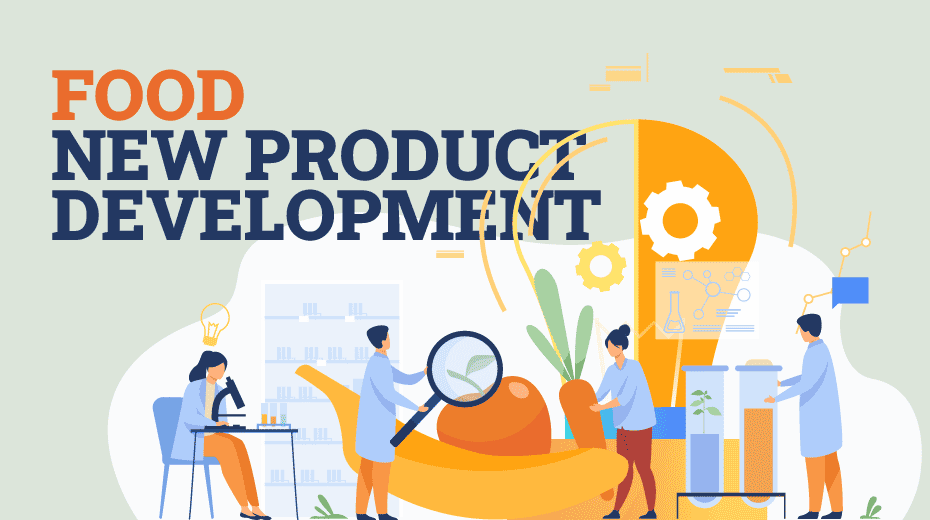
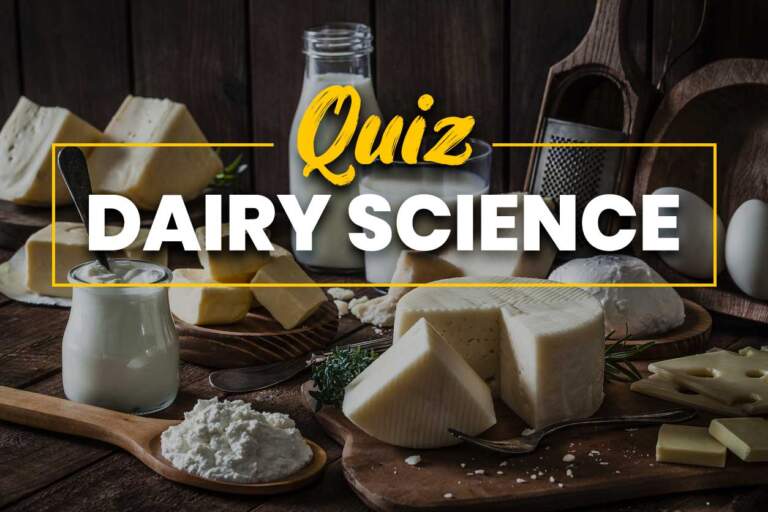
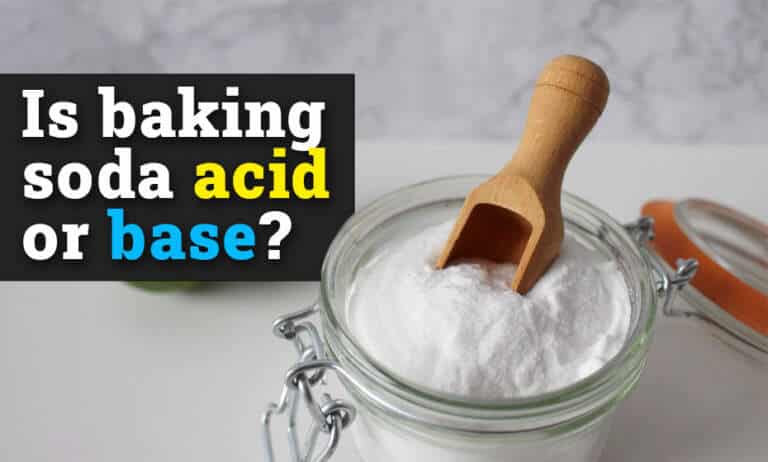
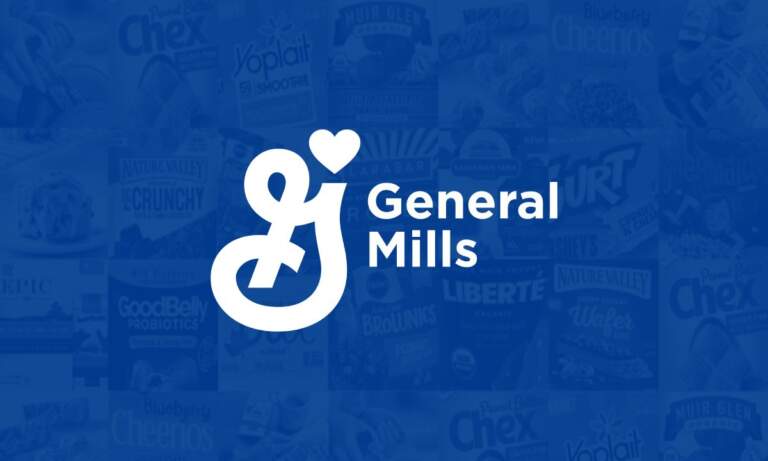


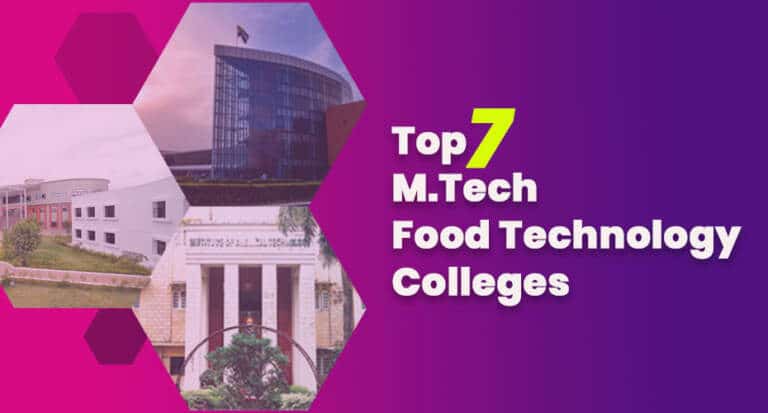
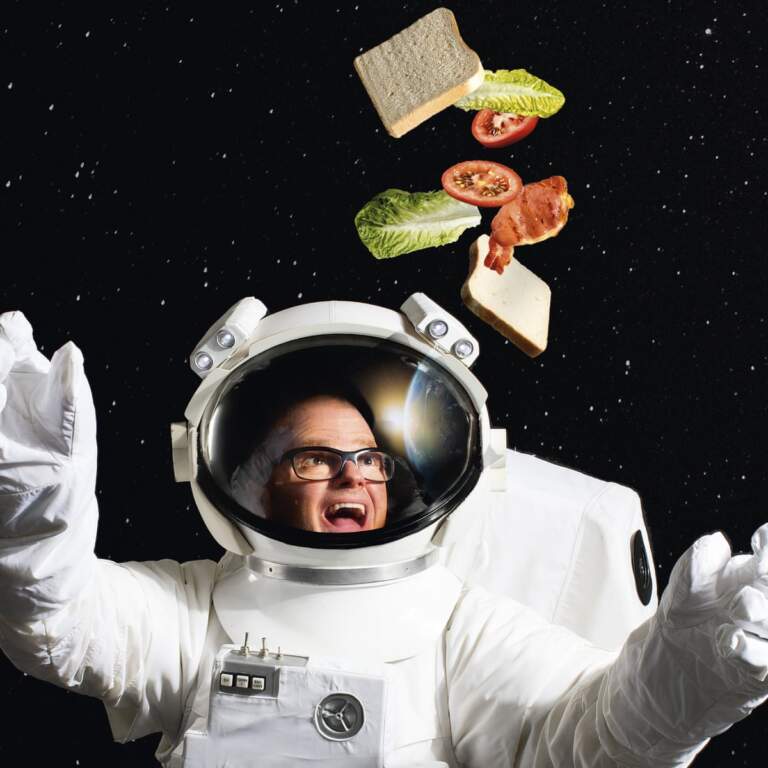
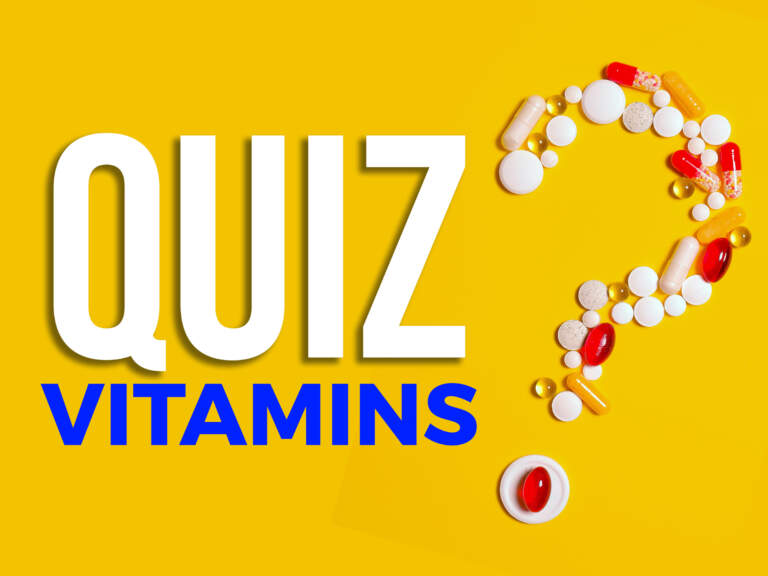
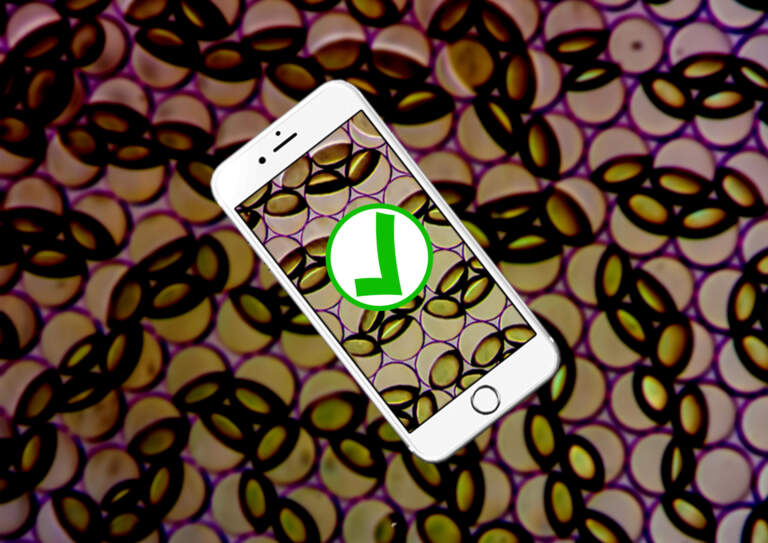
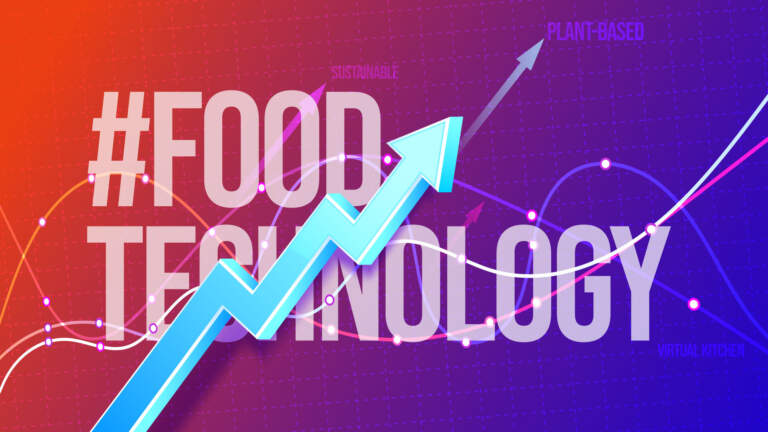
Leave a Comment